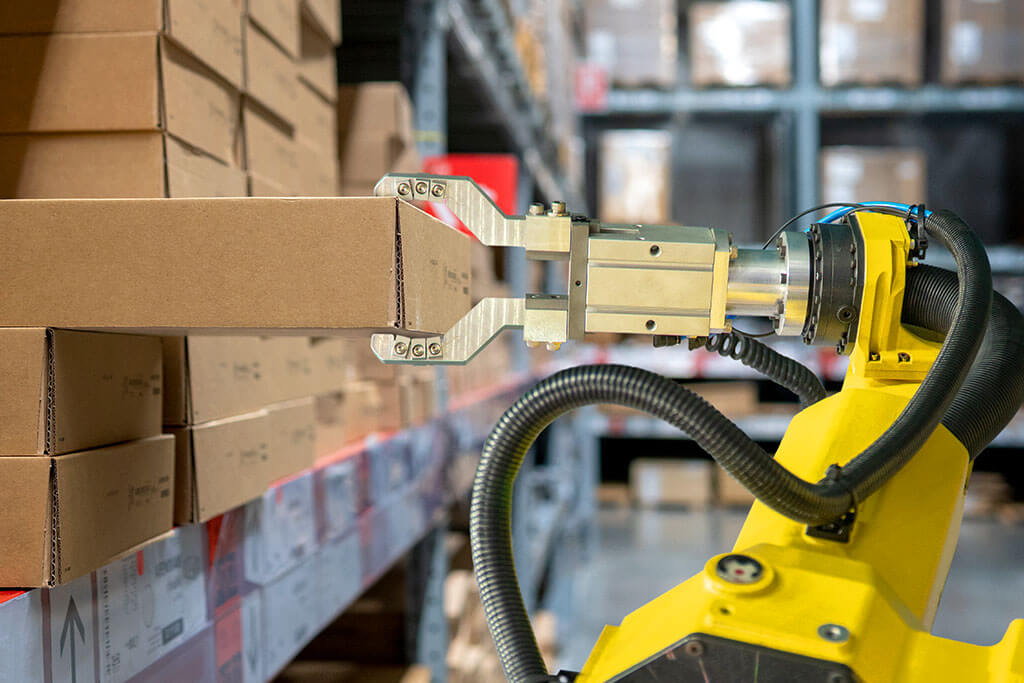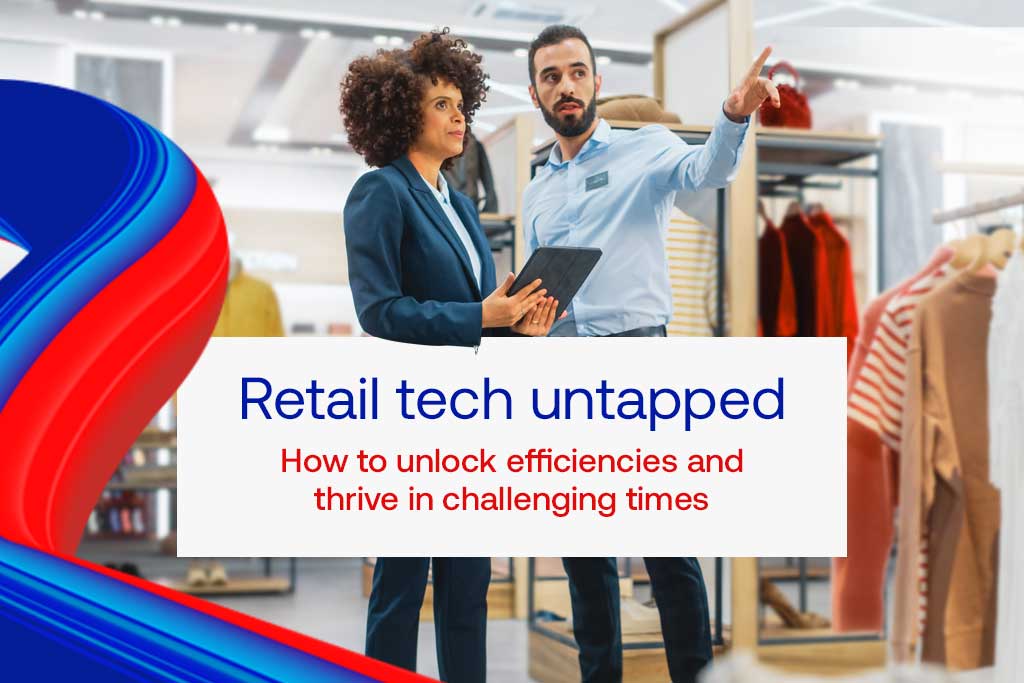Insights
3 ways we’ve taken the friction out of our in-store shopping experience
Author
Adam Dancaster
Interim Director of Retail Stores
Virgin Media O2
4 minutes
28th September 2023
Share this article:
In retail stores, customer friction can be caused by anything from queuing to stock availability.
A ‘frictionless customer experience’ is one of those somewhat overused phrases right now. But it’s extremely important. Why?
Because people tend to remember negative experiences more than positive ones.
Identifying and removing friction points and frustrations from the customer journey can help people check out as efficiently as possible. It’s a win-win situation.
We’ve reduced customer friction in our own Virgin Media and O2 stores in three ways:
- Improving data-driven decision-making
- Reshaping in-store customer interactions
- Enabling ‘people-as-a-service’
Let’s go into each of those in more detail.
1. Improving data-driven decision-making
Using our connectivity, we constantly capture and evaluate data from our stores.
We ran ‘a day in the life of’ exercise in our stores and would you believe there are 400+ processes our staff have to complete each day?
We crunch this data and form hypotheses on how we can drive productivity and efficiency by incrementally improving essential processes and getting rid of those that don’t add value.
You need a certain level of capacity bandwidth to run some of these analytics. If you want to get more sophisticated and use newer, better technology such as beacons or automatically picking up customer details and feeding them into CRM systems, you need fast, reliable connectivity that works in real time.
It’s about people as much as tech.
72% of retailers with 250+ employees believe their legacy tech is hindering their ability to operate efficiently1, however, so you need to take a long hard look at your systems and the way you sell things. Are you making customer interactions as easy as possible?
50% of retailers with 250+ employees are investing in data analytics to optimise pricing and supply chain movement and improve customer loyalty1. But sometimes there’s a skills gap in aggregating and using different data sets.
You need to have the right expertise, training and support in place to be able to successfully translate data into useful insight and action.
2. Reshaping in-store customer interactions
With the rise of access to information online in tandem with friends and family recommendations, customers are increasingly clued-up by the time they visit a store, especially for tech purchases.
Knowing this, our sales advisors are not commissioned on selling specific devices. It’s all about finding the right solution for the customer. So our staff are measured on customer service key performance indicators instead.
Today’s customer demands the smoothest, quickest and most efficient in-store journey possible. So we engage with them directly to understand what they’re looking for when they walk into one of our stores (or any store for that matter).
Many customers visit our O2 stores for help with things like data transfers or moving from Apple to Android or vice versa. People often find things like this complicated and appreciate some assistance and technical expertise.
We can help them out with that in store and get it sorted in 20 minutes rather than them struggling all evening at home.
Speed is of the essence.
Simplifying tasks like this helps us enrich the customer experience in a way that’s hard to replicate online.
In terms of the technology involved, the sort of things customers ask for help with in stores today is quite different to a few years ago.
First and foremost, they demand the fastest in-store connectivity speeds.
50% of retailers with 250+ employees believe upgrading or improving their legacy technology will result in improved customer experience1 and this has certainly been the case for us.
We’ve substantially upgraded the connectivity infrastructure in our stores, which helps customers research and do other things while they’re in-store.
3. Enabling ‘people-as-a-service’
In our stores we support both mobile and fixed connectivity for both consumer and business customers.
So there’s a huge amount of knowledge our staff need to have. They need the technical know-how to support with anything from hardware and billing queries to helping customers get more from their devices, video calling relatives or getting important photos off their phones.
We never forget that customers are reliant on us being enablers, showing them how to use the technology and make it simple for them.
The sort of queries we get are wide-ranging, so we have to train our people in both the soft skills to be able to interact with the customer and the technology solutions to create great customer outcomes.
Empowering the human touch through tech.
We also have a retail helpdesk with a dedicated team on the end of the phone to help with specific queries, helping us answer our customers’ questions even more efficiently, no matter the issue.
So there’s a flavour of how we’re creating frictionless in-store customer experiences. I can’t emphasise enough how important making data-led decisions is for us.
But fast, reliable connectivity is equally important. It gives us the bandwidth to gather the data we need to run the processes and applications we use to support our customers every day.
Want more insight on retail tech and the in-store customer experience?
0800 064 3790




